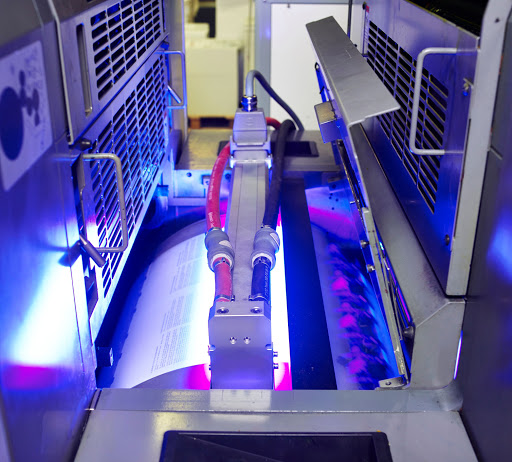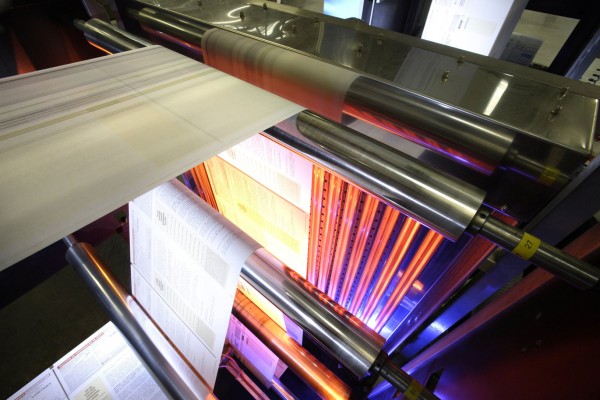printing industry

UV light for paper printing
UV printing has covered offset printing, screen printing, inkjet, pad printing and other fields. UV generally refers to the printing effect process in the traditional printing industry, which is to wrap a layer of varnish on a printed pattern you want (with Bright, matte, inlaid crystals, glitter powder, etc.), mainly to increase the brightness and artistic effect of the product, protect the surface of the product, its hardness is high, corrosion resistance and friction, and it is not easy to scratch, etc. Some laminating products are now changed to UV , can meet environmental protection requirements, but UV products are not easy to bond, and some can only be solved by local UV or grinding.
Related Products
Infrared lamps for drying and digital printing
Save energy, space and time during the printing process Flexo napkins, offset brochures, screen-printed advertising material or automotive glass – print on a variety of materials. In digital printing, the ink must be dried as quickly as possible in order to adhere to the printing process. The Heraeus carbon infrared system (CIR) is particularly effective when processing water-based pigments, where the full output of the high-speed printheads can be fully utilized. Hybrid infrared emitters dry from the outside in.
Related ProductsAdvantages of UV curing
Faster switchover and shorter lead times
Improve productivity
Improve printing consistency
Improves durability, scratch and chemical resistance
Environmentally friendly, no VOCs
save energy costs
Ability to print on non-porous and heat-sensitive
substrates, broadening the range of applications
Advantages of Infrared
Contactless Energy Transfer
low maintenance
Infrared emitters precisely matched to the product
Optimal wavelength for faster drying and energy efficiency
Application
Lottery and Scratch Cards
Flexible Food Packaging
Paper and Cardboard Packaging
Direct mail, brochures, magazines and newspapers
Securities Documents and Currencies
Banner banners, bus advertisements
Labels - Pressure Sensitive & Shrink Sleeves, Holographic
